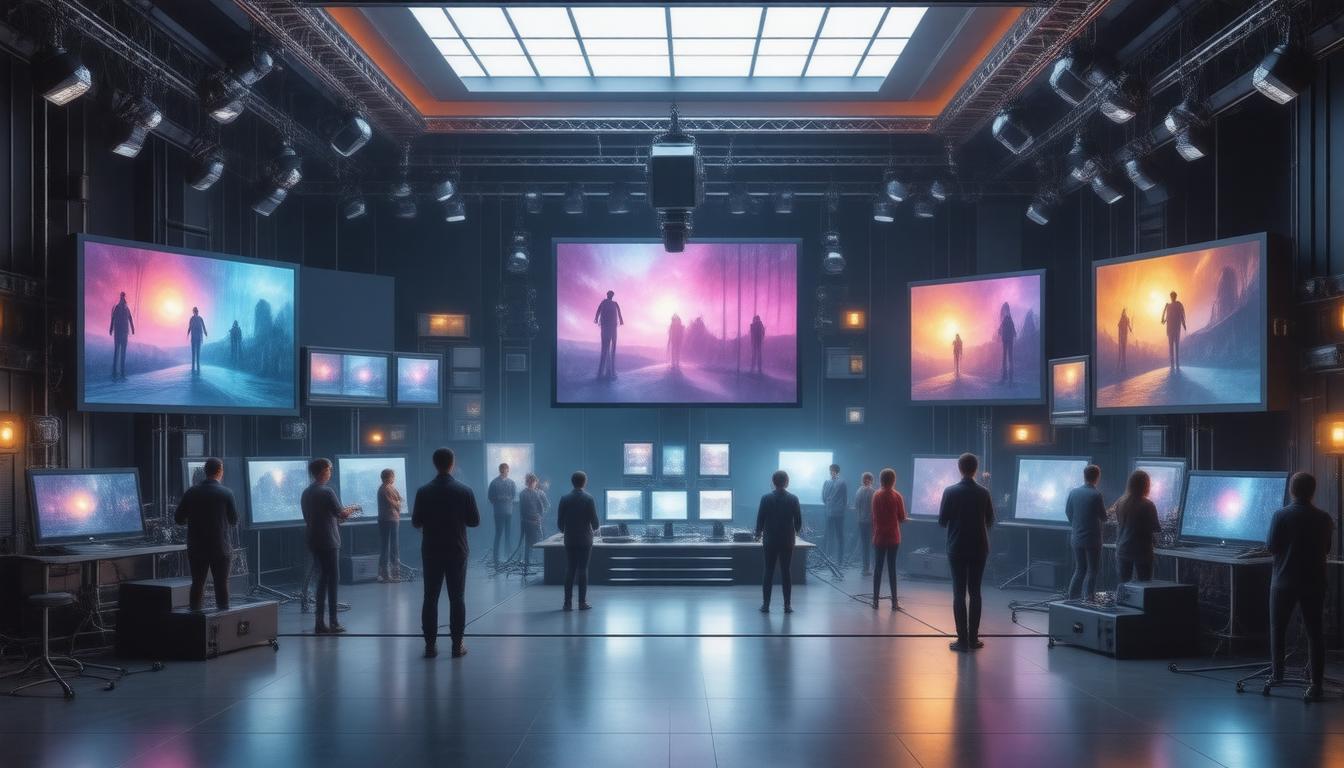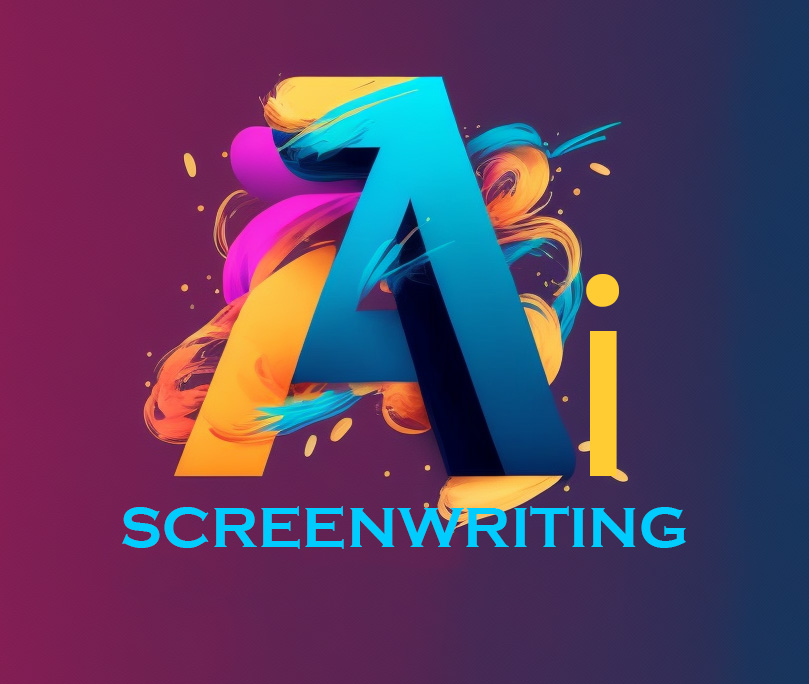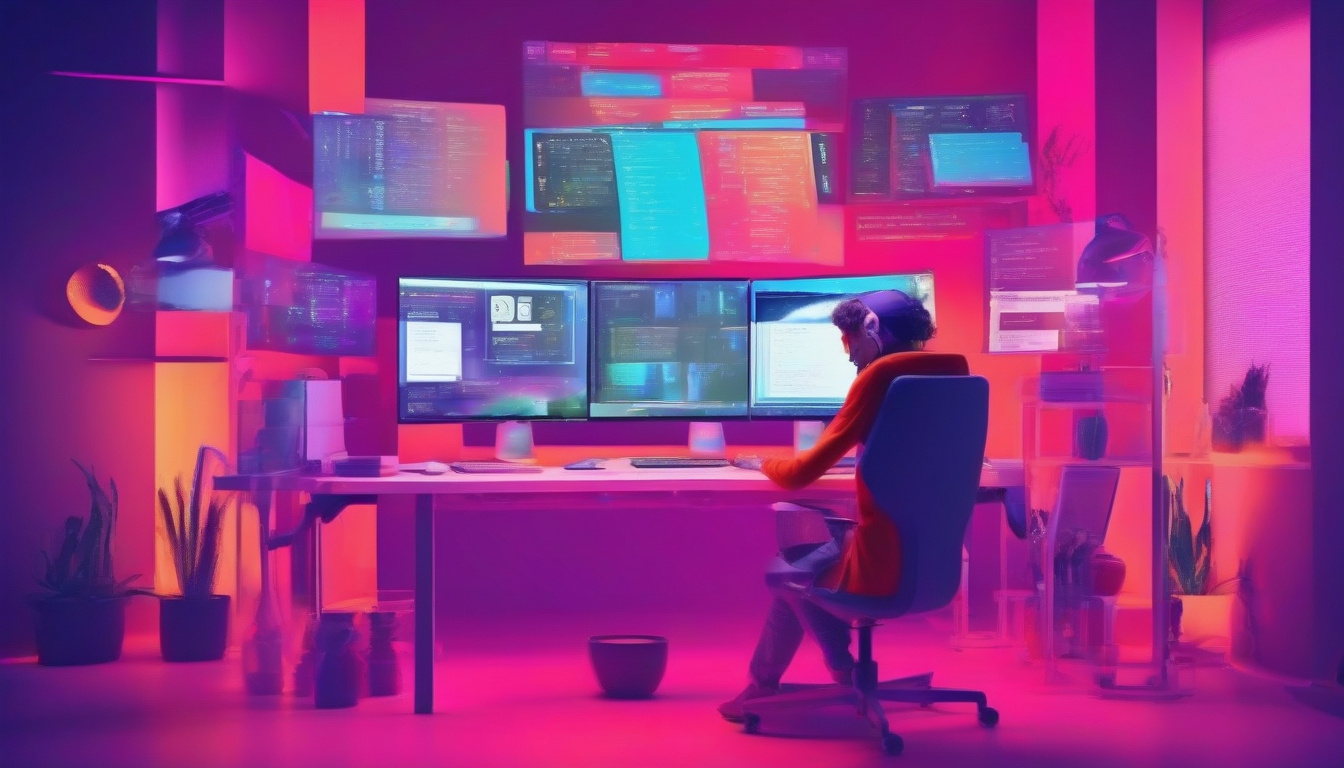
Lights, camera, action!
Grab your popcorn, folks, because we’re diving into the world of emotion-driven film technology—a place where feeling meets filmmaking and your heartstrings get played like a finely tuned violin!
If you’re a screenwriter or filmmaker, buckle up, darling, because this is not just a ride; it’s a rollercoaster of feels, innovation, and storytelling magic!
Remember that time you laughed uncontrollably at a romantic comedy, or how your heart raced during a nail-biting thriller?
Well, emotion-driven film technology is the wizard behind that curtain, conjuring up the very pulses that make us gasp, cry, or giggle like a toddler on a sugar rush.
From the whispers of soft piano melodies that tug at your heart to jaw-dropping visual effects that leave you slack-jawed, this tech is revolutionizing how stories are told in cinema.
Get ready as we embark on an entertaining journey exploring the science behind emotions, the cutting-edge innovations transforming the filmmaking landscape, some can’t-miss case studies of emotion-fueled films, and how all of this is impacting audience engagement in ways you didn’t think were possible.
Buckle up; it’s time to turn the lens on emotion-driven film technology!
The BEST AI Screenwriting Tool On The Market!
Key Takeaways
- Emotion-driven film technology enhances storytelling by tapping into audience feelings.
- Scientific principles help filmmakers understand and evoke emotions effectively.
- Innovative tools and techniques are transforming traditional filmmaking practices.
- Successful case studies illustrate the powerful impact of emotion on film audiences.
- Future trends signal an ongoing evolution in cinema through immersive emotional experiences.
Introduction to Emotion-Driven Film Technology
Welcome, screenwriters and filmmakers!
Let’s dive headfirst into the wild world of emotion-driven film technology.
Imagine you’re sitting in a darkened theater, popcorn in hand, when suddenly, the film takes a sharp turn and the waterworks hit—you aren’t sobbing because you just saw a sad puppy (though that definitely helps), but because the film utilized cutting-edge emotion-driven film technology.
This isn’t just about creating tear-jerking moments; it’s about crafting an experience that resonates with the audience on a visceral level.
In essence, emotion-driven film technology employs data and algorithms to analyze viewer reactions, enabling creators to tailor their storytelling to evoke specific emotions.
The result?
Films that don’t just tell a story but wrap around your heart like a warm, fuzzy blanket.
With the right blend of script and tech, you can move your audience from laughter to tears (and possibly back to laughter) faster than you can say, ‘box office hit’!
So lean in, fellow creators, and let’s unravel how you can harness this innovative approach to make your next blockbuster emotionally unforgettable.
The Science Behind Emotion in Film
Ah, emotion-driven film technology!
It sounds like a secret weapon wielded by emotional ninjas, ready to break into a scene and leave audiences sobbing or guffawing in delight.
But wait, this isn’t just the fanciful jargon of a caffeine-fueled screenwriter pulling an all-nighter!
Oh no!
This is the dazzling intersection of artistry and science, where pixels meet pulse rates.
At its core, emotion-driven film technology utilizes a medley of neuroscience, psychology, and even algorithms that anticipate viewer engagement.
Picture this: a carefully crafted score timing its crescendo with the protagonist’s heartbreak, or color grading designed to make you feel as if you just swallowed a heart-shaped balloon filled with nostalgia.
By honing in on human emotional responses—thanks, brain scans and audience testing!—filmmakers can elevate their craft, ensuring that viewers don’t just watch a movie; they experience a carousel of emotions, from the gripping thrill of a plot twist to the warm fuzzies of a happy ending.
So, dear screenwriters and filmmakers, as you pen your next blockbuster, think about how harnessing this emotion-driven film technology can turn your cinematic dreams into a spectacular emotional rollercoaster that audiences will want to ride again and again!
‘Film is the most powerful means of communication we have ever invented. It’s a language of emotion, where every frame speaks to the heart.’ – Martin Scorsese
Innovations in Filmmaking: Tools and Techniques
Roll the cameras and cue the action because we’re diving headfirst into the flashy world of emotion-driven film technology!
Gone are the days when filmmakers relied solely on their wits and a good ol’ script stuffed into a battered folder; today, technology is the sleek little assistant that helps turn heartstrings into box office gold.
Imagine a world where your audience’s heartbeat syncs with the sound of a creaking door—well, that’s the magic of emotion-driven film technology.
With advancements in AI and real-time data analytics, filmmakers can track viewers’ emotional responses during screenings.
So, if someone sheds a tear during a pivotal scene, that data can inform future edits to crank that emotional dial even higher!
Sounds like Shakespeare meets Skynet, right?
This isn’t just about making the next blockbuster; it’s about crafting experiences that resonate on a primal level.
From wearable tech that gauges heart rates to VR setups that plop audiences in the middle of a cinematic heartbreak, the tools and techniques at our disposal are limited only by our imagination (and maybe the budget, but we’ll tackle that elephant another time).
So grab your storyboard, assemble your crew, and let’s manipulate some emotions—because in the realm of innovation, we’re only just getting started!
The BEST AI Screenwriting Tool On The Market!
Case Studies: Successful Emotion-Driven Films
Welcome, screenwriters and filmmakers, to the world of *emotion-driven film technology*!
Buckle up as we roll through the cinematic cosmos where characters are not just puppets on strings but rather, emotional rockstars playing the soundtrack of our lives.
Let’s put on our detective hats and analyze some case studies that prove how harnessing emotional resonance can turn a film from drab to fab.
First, take *Inside Out*, a vibrant journey of emotions personified—imagine the tech wizards behind the scenes, mastering the art of emotional engagement!
The use of color and animation in *emotion-driven film technology* creates a visual language that speaks louder than words, sending audiences on a whirlwind adventure.
Then there’s *The Pursuit of Happyness,* where Chris Gardner’s struggles are depicted with an unwavering rawness that yanks at our heartstrings!
It goes to show, it’s not just the actor’s talent but the powerful tech and thoughtful screenplay that crafts these emotions, inviting us to laugh, cry, and cheer for the characters as if they were our own friends.
So, grab your pens and start weaving input from these case studies into your work; remember, emotional storytelling can be like the secret sauce that turns your film from a snack into a full-course meal.
Who said technology and tears can’t be best buds?
The Impact of Emotion-Driven Technology on Audience Engagement
Hold onto your director’s chairs, fellow creators, because what I’m about to unveil might just be the plot twist your filmmaking journey desperately needs!
Enter the realm of emotion-driven film technology – a veritable magic wand that taps directly into the heartstrings of your audience.
Imagine a world where your film can not only tell a story but actually *feel* it!
With cutting-edge tools designed to gauge audience reactions in real-time, filmmakers can now transform a mediocre screening into an emotionally mesmerizing experience.
Think of it as a storytelling cuddle, ensuring your viewers walk away not just entertained but emotionally engaged, possibly even leaving them with the sensation of their heart being puppeteered by skilled artists!
From VR experiences that adapt to viewers’ emotional cues to AI that crafts personalized narratives, this technology isn’t just cool; it’s downright revolutionary.
So dust off that script, because with emotion-driven film technology, you’re not just making a movie—you’re crafting a masterpiece that resonates long after the credits roll!








